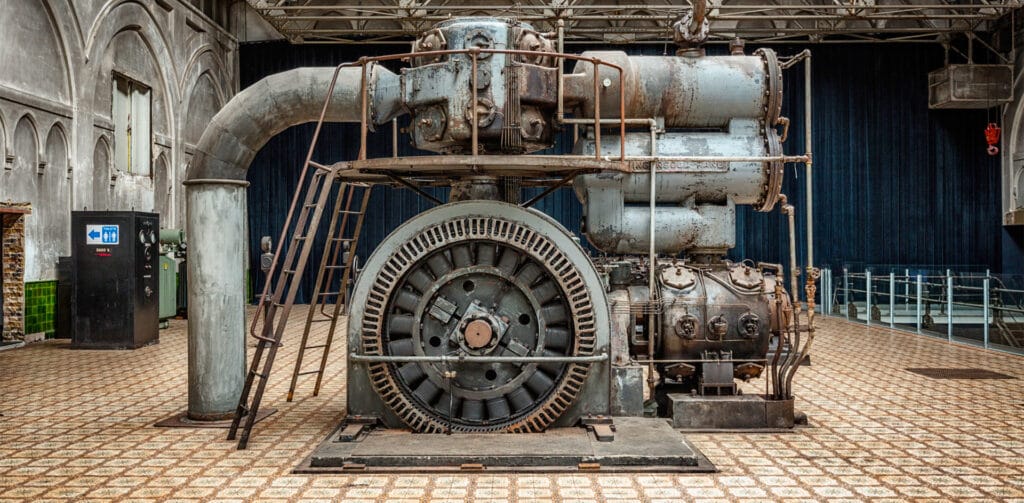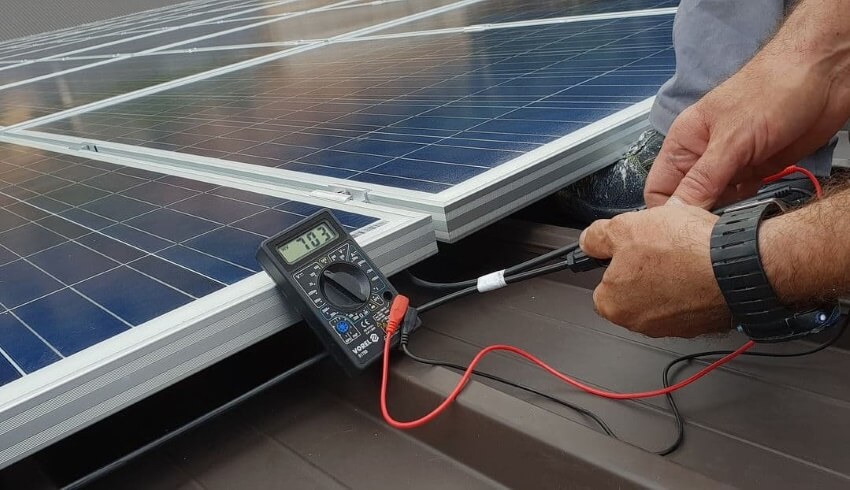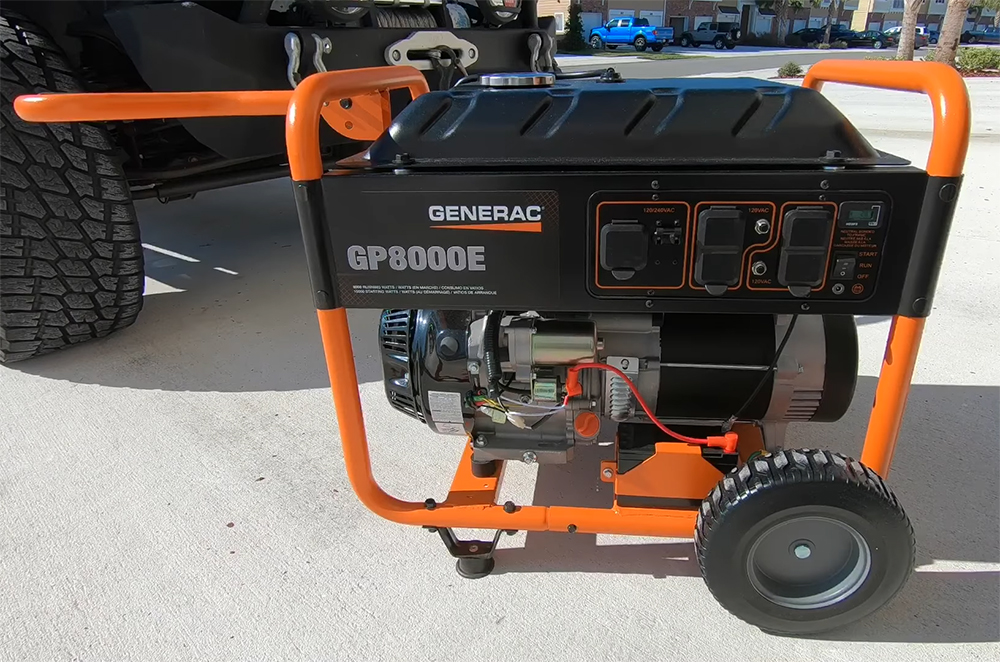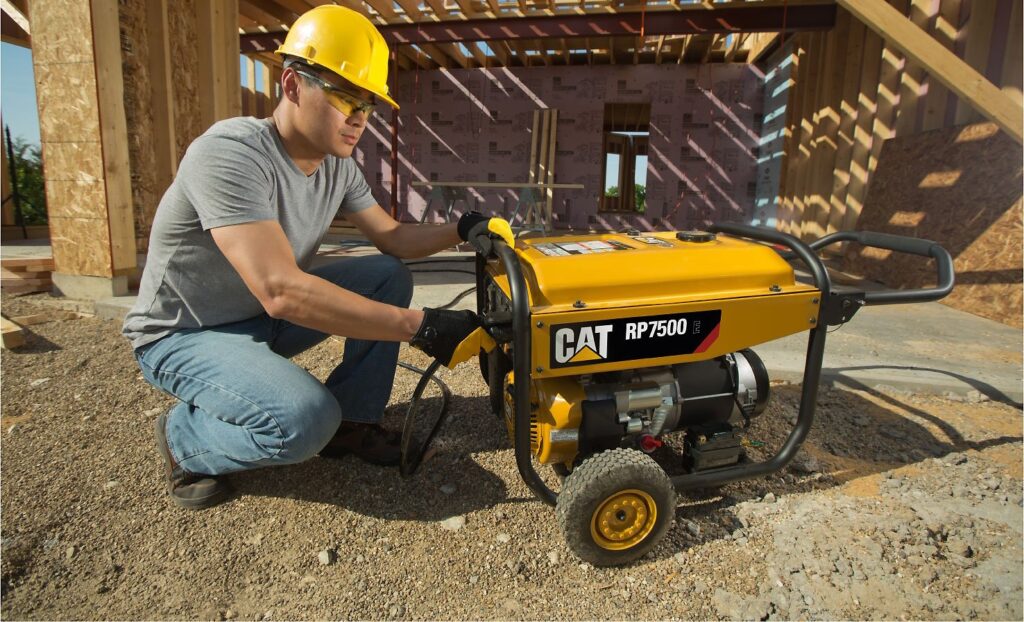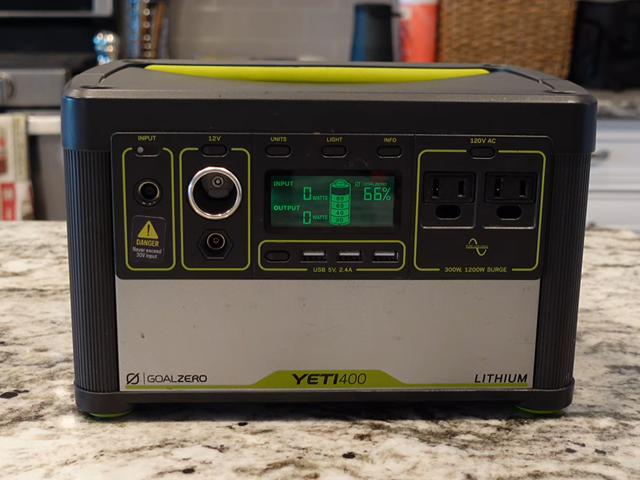
If your generator won’t start, there are a number of common problems as to why this might be the case. It might be low on gas or oil or have a dead battery. There might be appliances or cords plugged into the generator, or it might be receiving too much air or not enough air. It might also be clogged with old or stale fuel. It might even signal a problem with the spark plug or low oil sensor.
If you are having this problem with your generator, don’t panic. We have compiled a list of the most common problems and what to do in order to show you how to fix a generator that won’t start.

One straightforward reason as to why your generator won’t start is that it may be low on gas or the gas may have become old or stale. If your generator doesn’t have enough gas in the tank, the engine will fail to turn over.
If your propane generator won’t start, ensure that the propane tank has sufficient fuel. Also be sure that all the valves on the propane tank and its tubing are fully opened.
Furthermore, fuel that is more than two months old may have become stale and gummed up, although gasoline that was added in conjunction with a fuel stabilizer will last a few more months.
If the gasoline in your generator has become old or stale, you should first drain the fuel tank as well as the carburetor. Fill your emptied tank with fresh gasoline. Running your generator with stale fuel can cause damage to the engine in your generator.
Oil is also extremely necessary for the smooth function of your generator’s engine. The oil in the generator lubricates the parts of the engine, so operating the engine when the oil is low can be dangerous. Thus, many generators have a safety shut off sensor that automatically shuts down the engine to protect it when low oil is detected.
If you have used your generator for more than 50 hours (or 20 hours for a new generator) without changing the oil, it’s possible that your generator won’t start because of low oil.
You may also have a leak that could be causing low oil levels. Check your generator’s oil level using the supplied dipstick, generally found inside the crankcase.
If the oil level is too low, consult the generator manual or contact the generator manufacturer to determine which kind of oil is suitable for your generator. When adding oil to your generator, it is also a good practice to change the oil filters as well.
For generators that have an electric start such as a remote or a push-button start, the problem may be the starter battery. If the battery in your generator is dead, then the electric start will not function.
To determine if a dead battery is the problem, try starting your generator with an auxiliary recoil starter (if your generator has this). If your generator starts, just charge the battery for the electric start using your generator’s 12-volt DC outlet after it is running.
For generators without an auxiliary recoil starter, charge the battery with a 12-volt DC outlet such as the one in your vehicle or use a home AC outlet equipped with a converter.
You can also jump start your generator battery as you would a car battery.
If none of these methods work, the reason your generator won’t start is most likely not the battery.
If you have any appliances, cables, or extension cords plugged into your generator (even if they are just cables which are not connected to anything else on the other end), this is a clear reason why your generator won’t start, and it has a similarly clear fix. Simply unplug all cables or cords from the generator before trying to start it.
The engine choke in your generator controls the amount of air that is allowed to flow into the carburetor when the generator starts. If your generator is attempting to start but the engine simply doesn’t turn over, it may be because the choke is allowing either too little or too much air to mix with the fuel during combustion.
If you are starting your generator cold, meaning that your generator has not been operated for more than a few hours, the choke level should be positioned completely closed. For this reason, the closed position on the choke lever is sometimes labeled as the “start” position. As the generator runs and warms up, the choke lever can be gradually positioned toward the “run” or fully open position.
If you are restarting a warm engine, the choke lever should be positioned about halfway between open and closed for you to restart your generator.
If the air filter in your generator is too dirty and is clogged with debris and dust, the carburetor will not get the amount of air it needs for combustion. When you are figuring out how to fix a generator that won’t start, check the air filter, and if it looks dirty, replace it and try to start your generator again with the choke lever in the proper position.
If your generator engine fails to even attempt to turn over when you try to start it, the spark plug in the generator may be the problem.
You can check the condition of your spark plug by removing it from the generator using a spark plug socket. If your spark plug has any broken electrodes, cracked porcelain, or deposits that refuse to be cleared away by brush, then you will need to replace it.
If not, clean the debris off of your spark plug and adjust the electrode gap by following the specifications in the user manual. Double-check the function of the spark plug by holding it against the crankcase of the engine and pulling the auxiliary recoil starter (if your generator has this). When you do this, a functioning spark plug will emit blue sparks. If it is functioning, put the spark plug back into the engine and try to start your generator again.
If you stored your generator for one or more months without draining the carburetor, this may be the reason why the generator won’t start. Old or stale gasoline clogs the carburetor and blocks the way, making it difficult for new fuel to flow in.
Clean the carburetor by closing the fuel valve and removing the bowl in the bottom of the carburetor. With a brush and some towels, clean out the fuel debris and with a safety pin or sewing needle, clean the brass jet nozzle. Be sure to open the fuel valve before starting the generator anew.
Another area besides the carburetor that could be clogged due to leftover old or stale fuel from storage is the fuel valve. Firstly, ensure that the fuel valve is open. If the generator possesses a vacuum relief valve, open that as well.
If your generator still won’t start, try unplugging the hose from the fuel valve’s inlet side in order to check if gasoline can flow freely or not through the fuel line. Have a bucket ready to catch any fuel that may flow as you check this. If the generator uses an in-line filter between the carburetor and the fuel valve, you should also pull that filter out and check it visually for clogs also.
The low oil sensor, which protects your generator’s engine by automatically shutting off the engine when the oil is too low, may malfunction and keep the generator from starting even if your oil level is fine.
But if your generator is already level or leveling it does not solve the problem, try disconnecting the low oil sensor by unplugging the wire running out of the crankcase of the engine. If, after disconnecting that, the generator starts, then the low oil sensor is most likely the problem. The sensor may work again if you plug it in after the generator has been running for a few minutes. If not, you will need to replace the low oil sensor; contact your manufacturer or consult the manual for the specifics of this time-consuming process.
Before disconnecting the oil sensor to determine whether it is the problem, be sure that your oil is full and the oil filters are clean. Do not run your engine with low oil and no oil sensor.
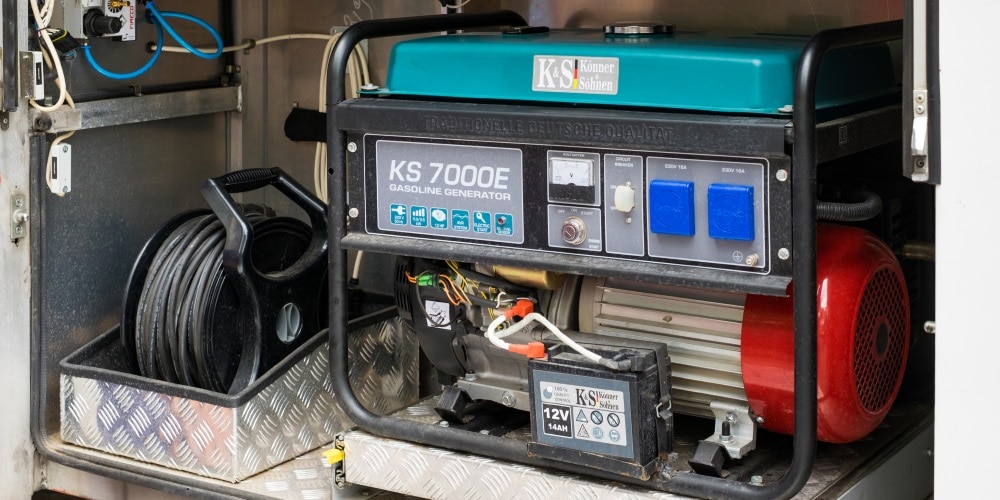
In order to keep your fuel valve and carburetor from becoming clogged and to prevent your engine from becoming damaged with stale fuel, drain the gasoline from your generator before storing it for longer periods of time (more than one or two months). Use a fuel stabilizer when refilling with gasoline if you want to store the generator without draining the fuel for a few more months.
To keep dust, dirt, and debris from clogging up the generator and its air filter, keep your generator covered when it is not in use. If you store your generator outside, make sure to invest in a weatherproof cover to keep it from being damaged by inclement weather.
The most common problems as to why your generator won’t start have been covered in this article. The solutions detailed here will work in most situations, but if you would like more specific information or you have followed all the steps and still, your generator won’t start, you should refer to the user manual or seek help from a technician or the manufacturer.
